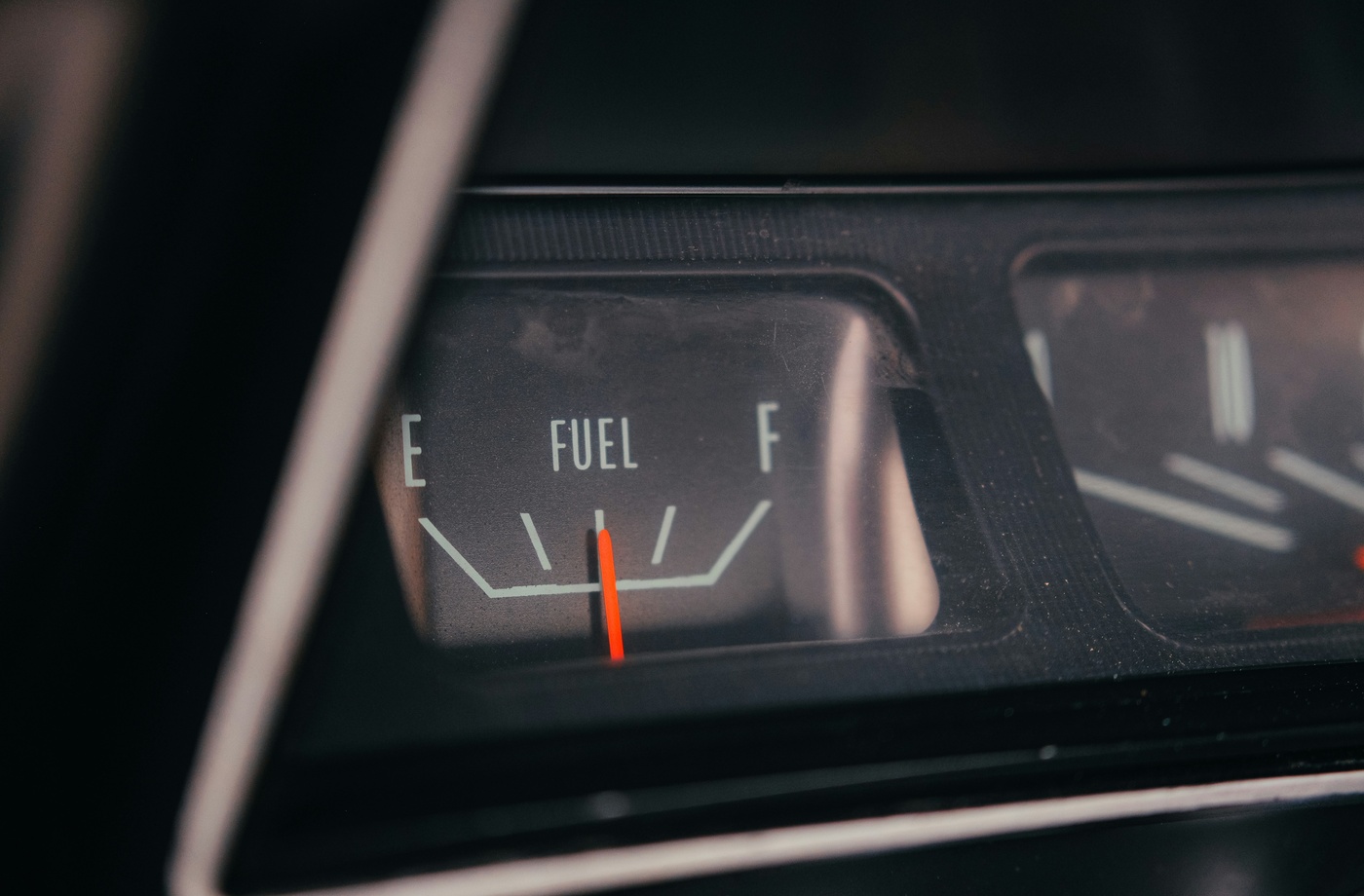Understanding gas price trends isn’t just for economists or fuel analysts. Everyday drivers—especially commuters, delivery workers, and fleet managers—can benefit by learning to predict and respond to market patterns. From weekly fluctuations to seasonal spikes, reading gas price trends can help you time your fill-ups and save money over the long haul.
Why Gas Prices Fluctuate
Gasoline prices are influenced by a combination of global, national, and local factors. The most common drivers include:
- Crude oil prices: Since crude oil is the primary component of gasoline, its price directly affects what you pay at the pump. For up-to-date data, check the U.S. Energy Information Administration (EIA).
- Supply and demand: High travel periods—like summer and holiday weekends—push demand up, and so do prices.
- Refining and distribution costs: Natural disasters, refinery maintenance, or supply chain disruptions can lead to temporary price increases.
- Local taxes and regulations: State and city taxes can vary widely and impact final pricing significantly.
Weekly Patterns You Can Leverage
According to multiple analyses, including insights from GasBuddy, gas prices typically follow a weekly rhythm:
- Monday and Tuesday: Often the cheapest days to buy gas.
- Thursday and Friday: Prices usually start rising as demand increases before the weekend.
- Sunday: Commonly one of the most expensive days to fill up.
If you consistently fuel up at the beginning of the week, you could save 10–15 cents per gallon over time.
Seasonal Trends to Watch
Gas prices also follow a yearly cycle, largely due to fuel formulation requirements and travel habits:
- Spring and Summer: Prices often rise due to increased demand and the switch to summer-grade gasoline, which is more expensive to produce.
- Fall and Winter: Prices tend to decline as travel eases and winter-blend gas is cheaper to refine.
For example, the EPA mandates different fuel blends to control emissions, which also affects the price and availability of certain fuel types throughout the year.
Geographic Differences Matter
Location can significantly impact gas prices. Urban centers with high demand and congestion often have higher prices, while rural areas may offer cheaper fuel—but with fewer stations to choose from.
Compare regional prices using tools like:
Stack Your Savings With Rewards and Cashback
Even when prices trend upward, you can still lower your out-of-pocket cost by combining timing strategies with cashback and rewards. For example, you can:
- Join fuel rewards programs like Shell Fuel Rewards, BPme Rewards, or Exxon Mobil Rewards+.
- Use Fluz to earn cashback with a Shell virtual card, get rewards with a BP virtual card, or earn cashback with a Chevron virtual card. These gift cards can be purchased on demand and used immediately at the pump—allowing you to earn money back while also timing your purchases for the best rates.
Use Apps to Track and Predict Prices
Apps like GasBuddy, Waze, and AAA Mobile offer real-time gas prices in your area. Some even include alerts or projections so you can plan your fill-ups when prices are trending downward.
Conclusion
Gas prices may be unpredictable—but that doesn’t mean you can’t beat the system. By watching weekly patterns, recognizing seasonal shifts, and combining rewards with digital gift card cashback, you can reduce your fuel expenses no matter where prices go.
Start turning price trends into savings—download Fluz and begin fueling smarter today.



